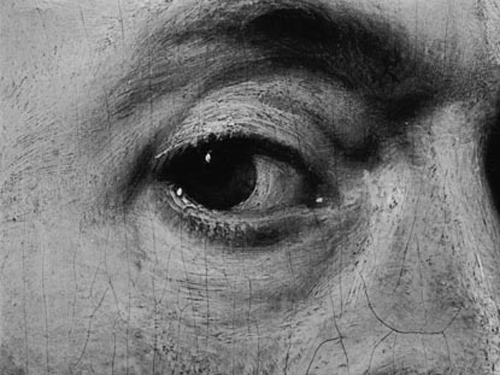
“With Rubens, Storck clearly demonstrated that the medium of film was suitable for formal analyses of artworks. Moreover, with his large formats and compositions characterised by movements and spatial depth, Rubens is almost presented as a precursor of cinema. This aspect is even made explicit when a view of the interior of a Jesuit church with an altar painted by Rubens is almost transformed into a cinema theatre. Suddenly, the image is underexposed apart from the altar that illuminates as a cinema screen. Rubens’s art, in short, is presented as a proto-cinematic spectacle – an idea that is not absurd, knowing that the proliferation of his prints was particularly important for nineteenth-century academic painting, which, in turn, is echoed in the spectacular and lavish shot compositions of Hollywood directors of the late 1910s and 1920s such as Cecil B. DeMille.”
Steven Jacobs1
- 1Steven Jacobs, Framing Pictures. Film and the Visual Arts, (Edinburgh: Edinburgh University Press, 2011), 16.